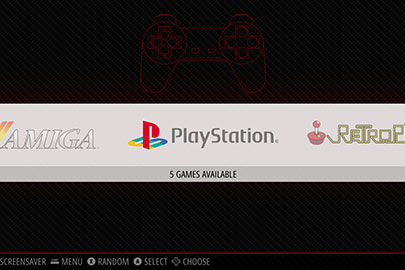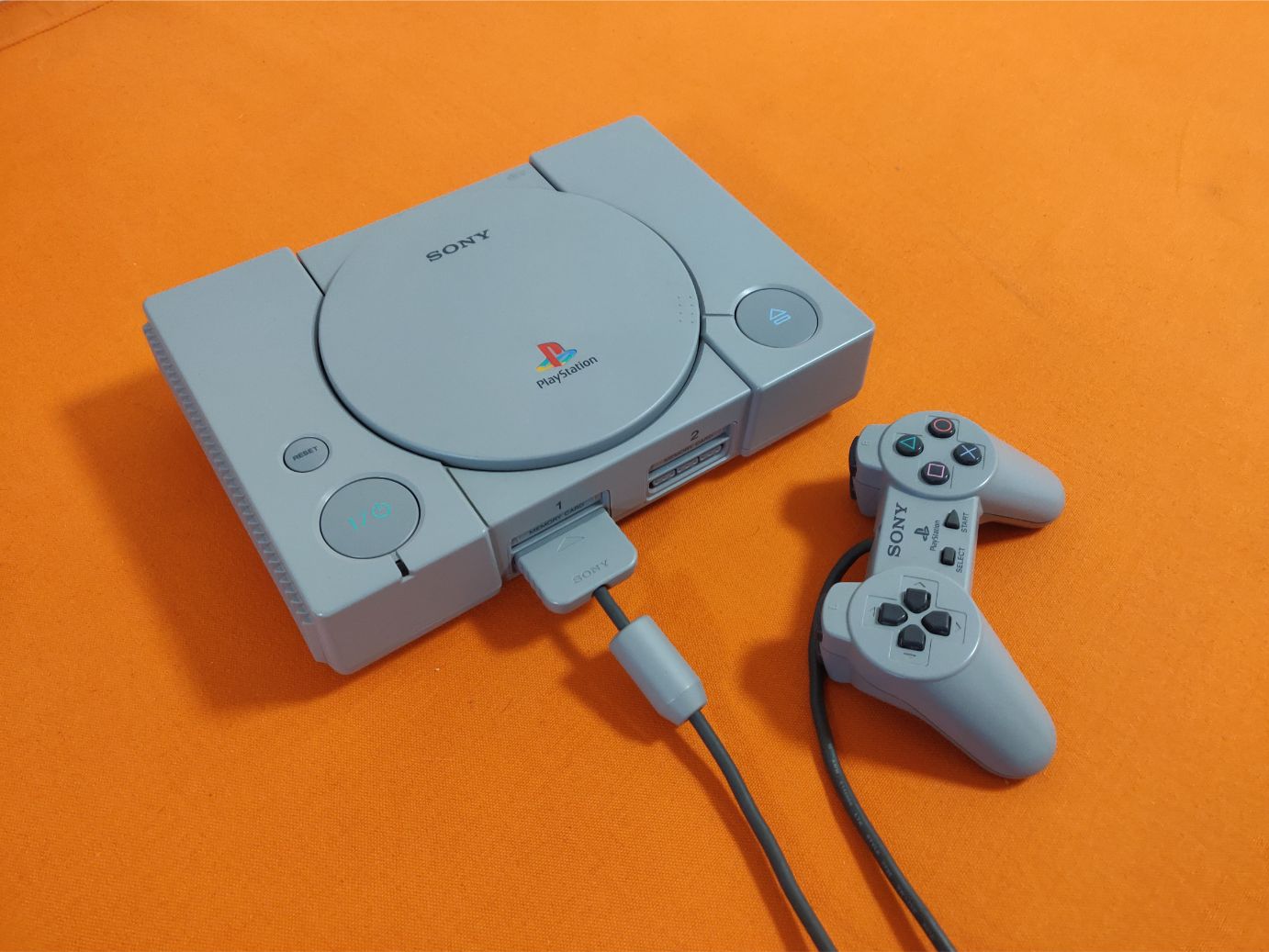
So with a lot of measuring I created this plate that fits into existing screw holes. I didn’t want to have to disconnect any cables just to remove the top. I really wanted to make the top part of the case to be completely unconnected to the hardware, similarly to how it works in the original. This is the piece that holds those switches and the LED. Once again in keeping with the original functionality I had to get the power & reset buttons working, together with the power LED. I soldered the controller cables to the pre-existing PCB solderpoints. It’s noticeable but I think it fits in well enough.Īnd this is what the soldering looks like. There is a slight funneling going towards the USB port, it helps you align your cable to the port (as you push the connector in blindly through the hatch). I compromised by bending the front part a bit which worked well, everything sits very snuggly. I wanted to reuse the metal plate that held down the piece from before but my new print made it a bit too tall. But I actually think it works, the darkness in the gap is similar to the darkness around the controller ports. I had to elevate the hatches to make them align with the top of the now taller slot, leaving a gap at the bottom.
#HOW TO USE RETROPIE PSX HOW TO#
I was unsure how to proceed but decided I would heighten the slot by removing the top and then 3D printing a new one.Īnd it worked! I sadly don’t have any more in progress photos here but safe to say, it took me quite a while to design and make sure everything fit nicely. Turns out that a lot of USB connectors wouldn’t fit in the card slot. It almost looks like a spider.Īs I mentioned I wanted to have a USB port behind each memory card slot. Like removing the current connectors to get them soldered to the PS1 ports. I had already removed the casing here but further work was to be done on it. I found this PS1 to USB adapter for cheap online and some quick testing showed that it worked perfectly. This thing above was my ticket to getting the controllers working. The memory card slots I wanted to convert to USB ports, which would be hiding behind the labeled hatches. I would like to note how incredibly easy it was to take things apart in this case, everything was modular and separated easily.įollowing my goal of keeping things as similar as possible to the original I had planned on making the controller ports work with the PS1 controllers. I will use the controller ports and memory slots in the front though. Here the case has been stripped of all parts I won’t have any use for. It seems that the copper-colored plastic shields the circuits from the plate above. Note that there is no active cooling in the case! It’s completely passively cooled. Removing the drive and metal plate you can see the motherboard.

I was a bit surprised how much unused space the case has. In the image above you can see the power supply and disc drive, with the motherboard hiding out underneath.

It felt a bit sad to discard the functional hardware but luckily I might have someone who wants to make something out of it. I designed all parts in this project with this goal in mind.Īs this was a functional PS1 I had to first gut all the hardware from its inside. My absolute main goal during this project was to keep it as close visually as possible to an unmodified case. So instead I found one used in good shape for 20 euro. Initially I planned on 3D printing a case but I scrapped that idea as I felt it would take too much time and never live up to the original anyway.

Prepare for a long post with a lot of images! And even today both of us still love the low-fi style of the early 3D games released at that time.įor the past year I’ve had an idea of giving him a Playstation 1 as a birthday gift but I wanted to take it a step further, make it a bit more modern internally by converting it to a Raspberry Pi computer with a Playstation emulator. We’ve never had one in our family but we both grew up playing on our friends consoles.

My brother has always been a fan of the first Playstation.


 0 kommentar(er)
0 kommentar(er)
